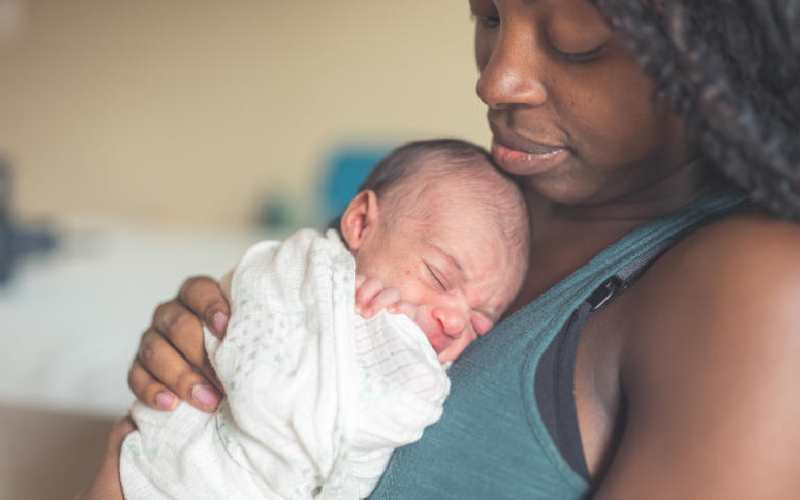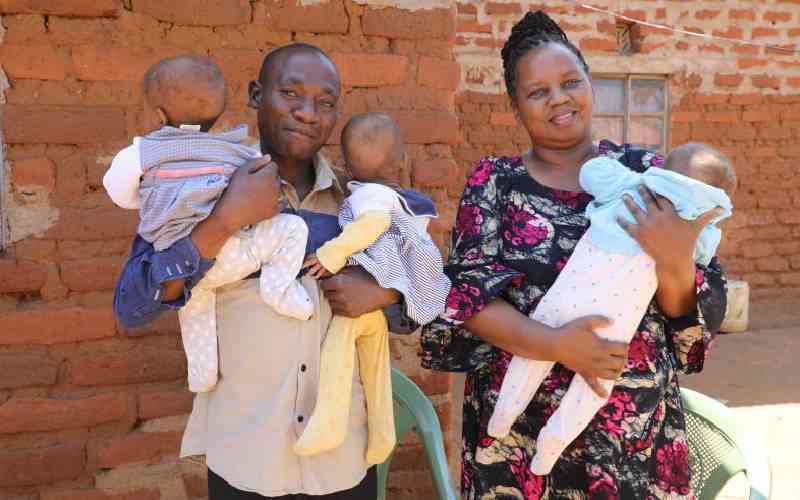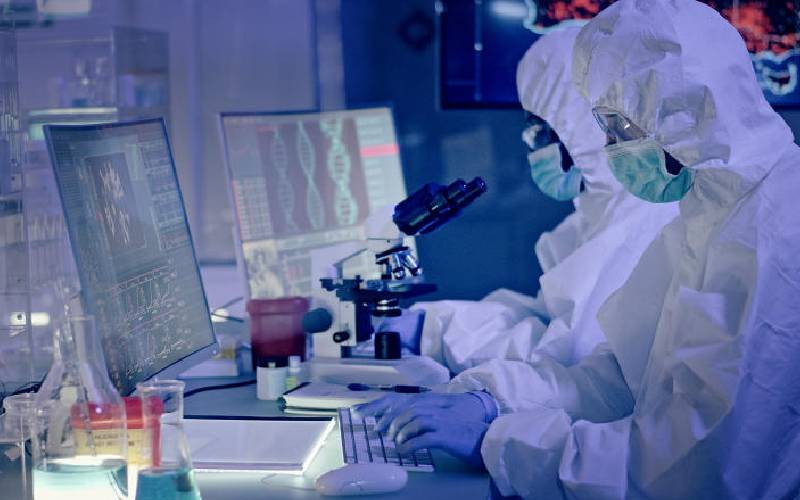
It may seem hard to believe, but when placed on their mother's chest after birth, many newborns can make their way to the breast and latch on without much assistance.
Studies have shown that most healthy and physiologically normal newborns can find their mother's breasts all on their own. This instinct-driven movement is fueled by the need to feed and...
 The Standard Group Plc is a multi-media organization with investments in media platforms spanning newspaper print
operations, television, radio broadcasting, digital and online services. The Standard Group is recognized as a
leading multi-media house in Kenya with a key influence in matters of national and international interest.
The Standard Group Plc is a multi-media organization with investments in media platforms spanning newspaper print
operations, television, radio broadcasting, digital and online services. The Standard Group is recognized as a
leading multi-media house in Kenya with a key influence in matters of national and international interest.











